May updates and Plasmic Marketplace
Plasmic Marketplace open call, TanStack support, Rive integration and more!
Open call - submit your work for Plasmic Marketplace
We're getting ready to open the doors of the Plasmic Marketplace, a curated collection of quality components and assets built by the community, for the community. You’ll be able to browse projects and one-click copy them into your workspace.
We would love to feature your component libraries, website templates, or any project you’re proud of. Submit your creation using this form. We'll collaborate with you to finalize the submission and showcase it as one of the first featured projects in the marketplace — a great way to get your work in front of thousands of Plasmic users and boost your brand’s visibility.
Follow this link to fill out the form - https://forms.gle/ck5XWv5kuQmg1Xw7A
Note that projects can’t have an app host or contain custom code components—we’ll have a separate way to share custom code components in the future.
Rive integration: bring your animations to life
Every micro-interaction on your site can ignite delight, from a button that springs to life to an icon that pulses just when you need it. We are thrilled to announce our official Rive integration, the design tool that turns artboards into dynamic experiences.
Live demo: https://rive-demo.plasmic.run/
Project: https://studio.plasmic.app/projects/gofyRAbJ5t7U2w9Wtx1bdy
Docs: https://docs.plasmic.app/learn/rive/
More than just importing animations, adding Rive bridges the two best-in-class tools to let you craft, control, and connect interactive visuals—all without resorting to code. Here's a quick overview of what awaits you:
Full state machine support
Plasmic is the only web integration that fully exposes Rive's state machines and variables right in Studio. Toggle, run, and bind animations to your components without losing access to your original .riv-file interactions.
Zero-code drag-and-drop
Simply drag the new Rive component onto your canvas, paste your exported .riv URL (or Rive link), and watch it render instantly—no SDK installs or manual wiring needed.
Limitless possibilities to control your animations
Map any Plasmic event (click, hover, select change, etc.) to Rive inputs. Drive complex animations—like switching color states or toggling modes—using the same no-code interface you already love.
Huge thanks to Jakub Matias for his open source contribution that made this integration happen. We also want to thank the Rive team for their partnership.
Ready to give your site that extra spark? Head to your Plasmic project, search for the Rive component in the insert panel, and start animating—your next masterpiece awaits.
Create Plasmic apps with TanStack
TanStack has quickly become a rising star in the React framework wars! We've updated our create-plasmic-app CLI so you can now generate a fully wired-up TanStack Start project connected to Plasmic—no manual setup required. TanStack, based on Vite, focuses on React apps rather than static site generation, so only code generation is supported.
How to try it out
Run
npx create-plasmic-app@latestWhen prompted, select
TanStackas your framework.Change into your new directory and start your dev server:
$ npm run dev ## or yarn devOpen
http://localhost:3000and design in Plasmic Studio—your changes sync live, thanks to our auto-sync loader.
Webhook updates: include changed pages on publish
We’ve added a new hook that tells you exactly which pages have changed when you publish. No more blind CI/CD runs that revalidate your entire site!
You can enable this new option within the Publish → Call webhooks → Add a webhook → Show advanced options → Send Data.
When you create a new published version, the hook will include a payload like this:
{
payload: string;
importedProjectsChanged: string[];
pagesChanged: string[];
}importedProjectsChanged — If any of your shared libraries or imported projects were updated, you’ll see them here. Because changes in a dependency can affect every page that uses it, we recommend you revalidate all pages whenever this array is non-empty.
pagesChanged — This is the list of pages we detected as changed. Use it to trigger targeted revalidation—only rerun those in your CDN or cache.
payload - data you specified in your Payload field
In the vast majority of cases, this hook will catch every changed page. But edge cases can slip through. If you ever notice a page that didn’t show up here, please let us know so we can fine-tune the detection logic.
New examples
We've been hard at work turning your feedback and requests into reality. Today we're excited to share two comprehensive Next.js examples that show how Plasmic can power both authentication flows and real-time data fetching—no boilerplate necessary.
Next-Auth (Auth.js)
Explore a complete, Plasmic-driven auth flow powered by Auth.js. In this repo, every sign-in page, modal, and session-aware component is designed in Plasmic and seamlessly hooked into the Auth.js ecosystem.
See how you can:
Surface user state (logged in vs. logged out) directly in your Plasmic layouts
Customize all UI in Studio—popups, forms, and error states—without writing auth UI code
Leverage NextAuth callbacks to control navigation and data loading in your Plasmic pages
Check out the example here:
https://github.com/plasmicapp/plasmic-next-auth-example
Supabase
Data-driven interfaces are now at your fingertips. Our Supabase demo shows how to bind Plasmic components to your Supabase tables and functions, delivering updates as rows are inserted, updated, or deleted.
This example covers:
Building Plasmic UIs that automatically reflect your database schema
Wiring Supabase SDK to create data fetching components available from Plasmic
Using Supabase authentication
Dive into the code:
https://github.com/plasmicapp/plasmic/tree/master/examples/supabase-demo
And for a step-by-step guide, visit the docs:
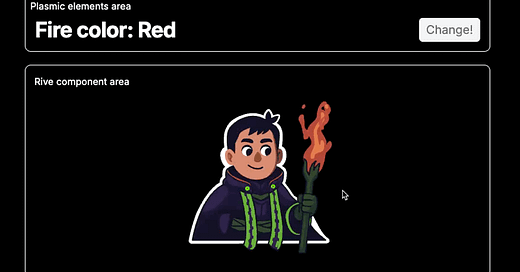


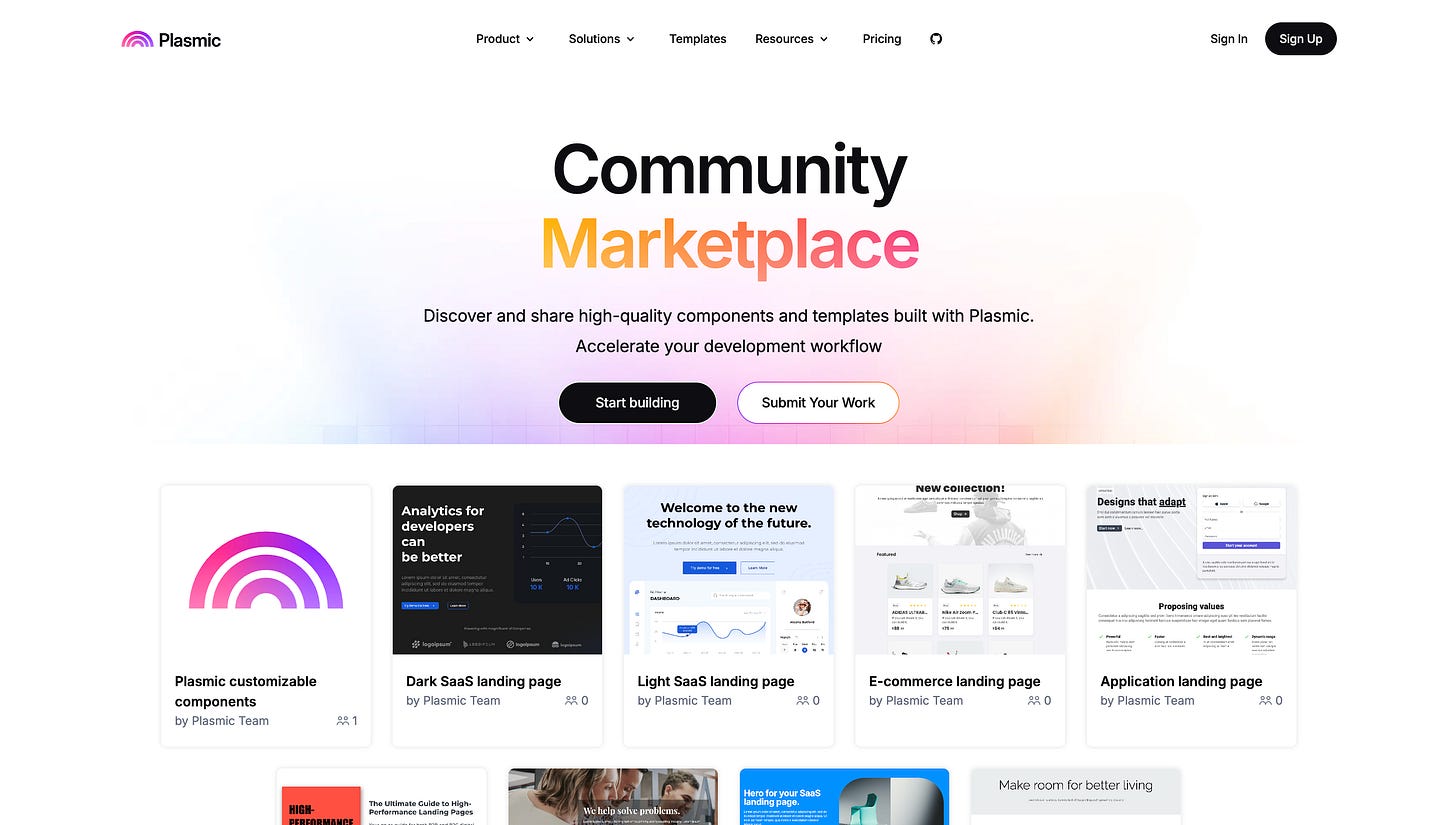

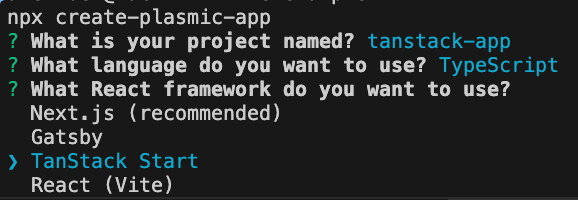
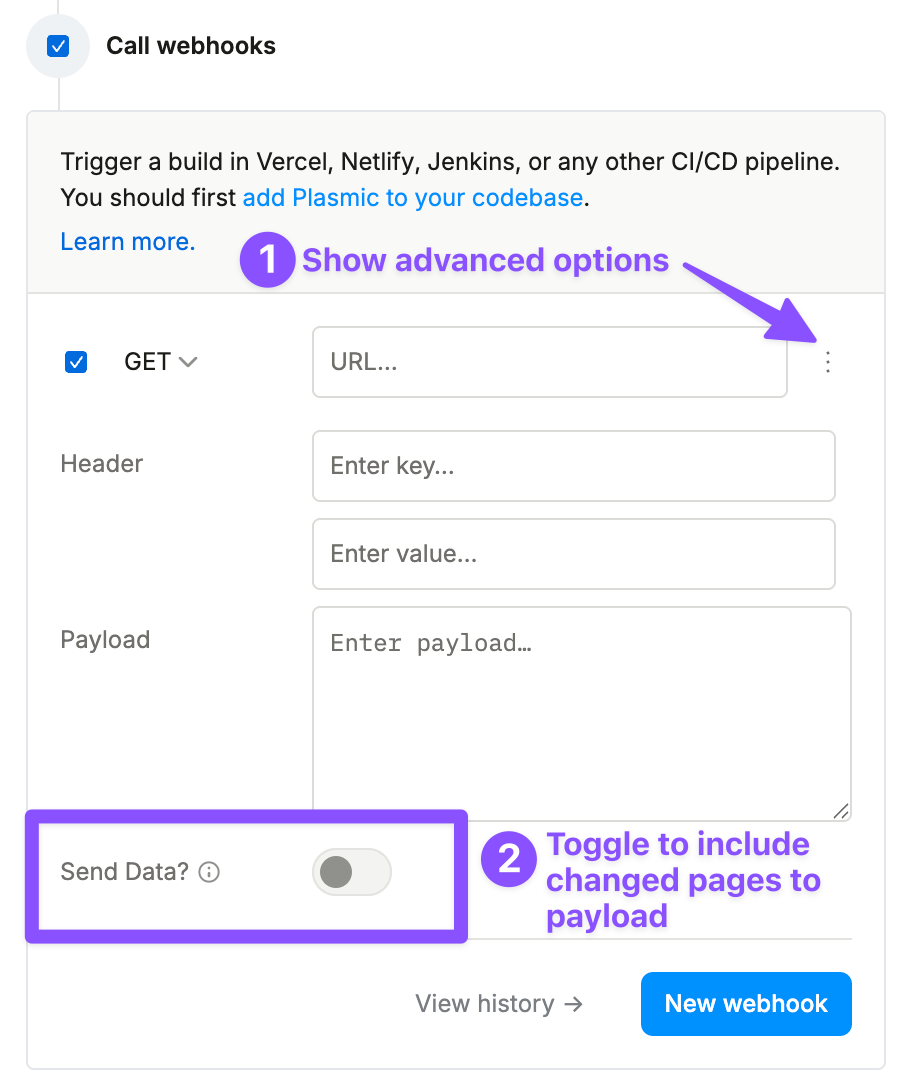
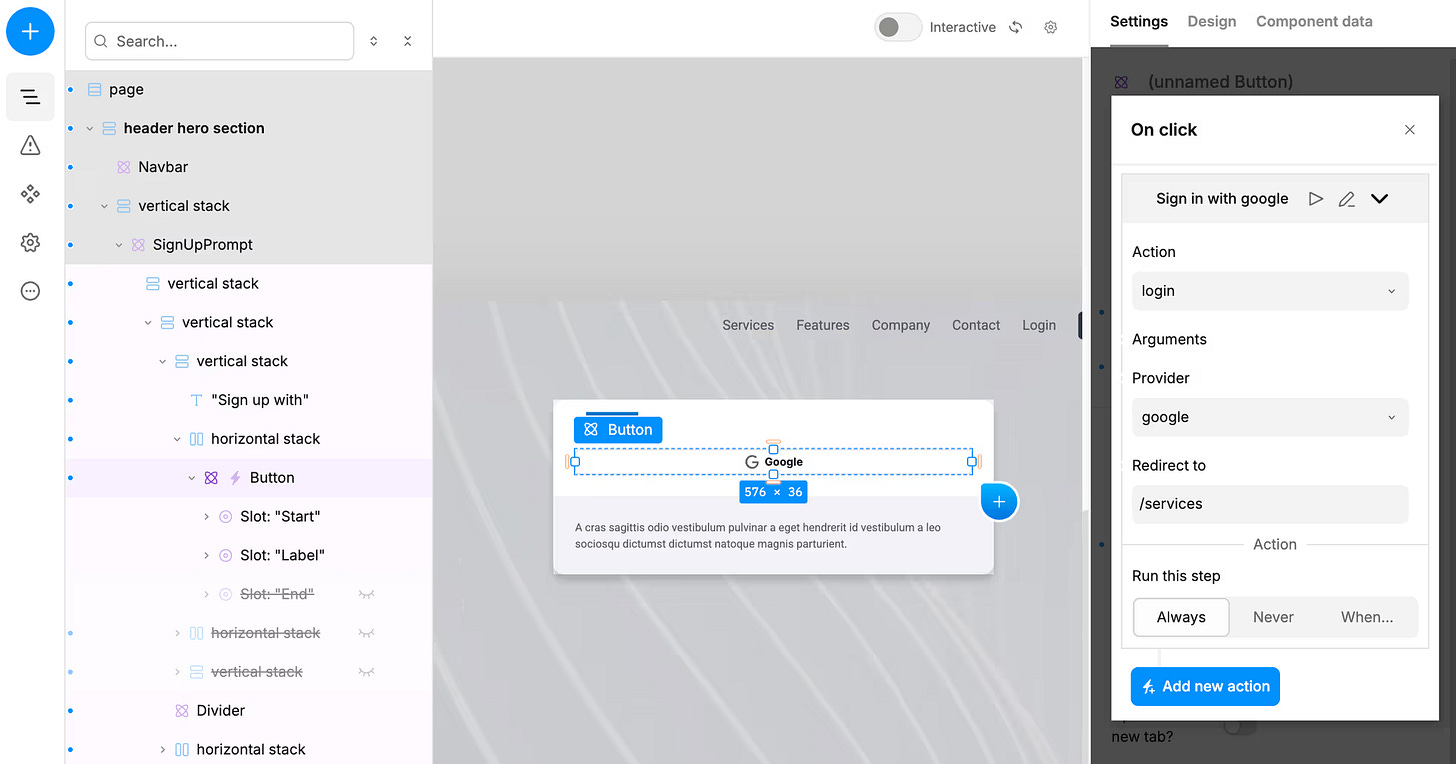
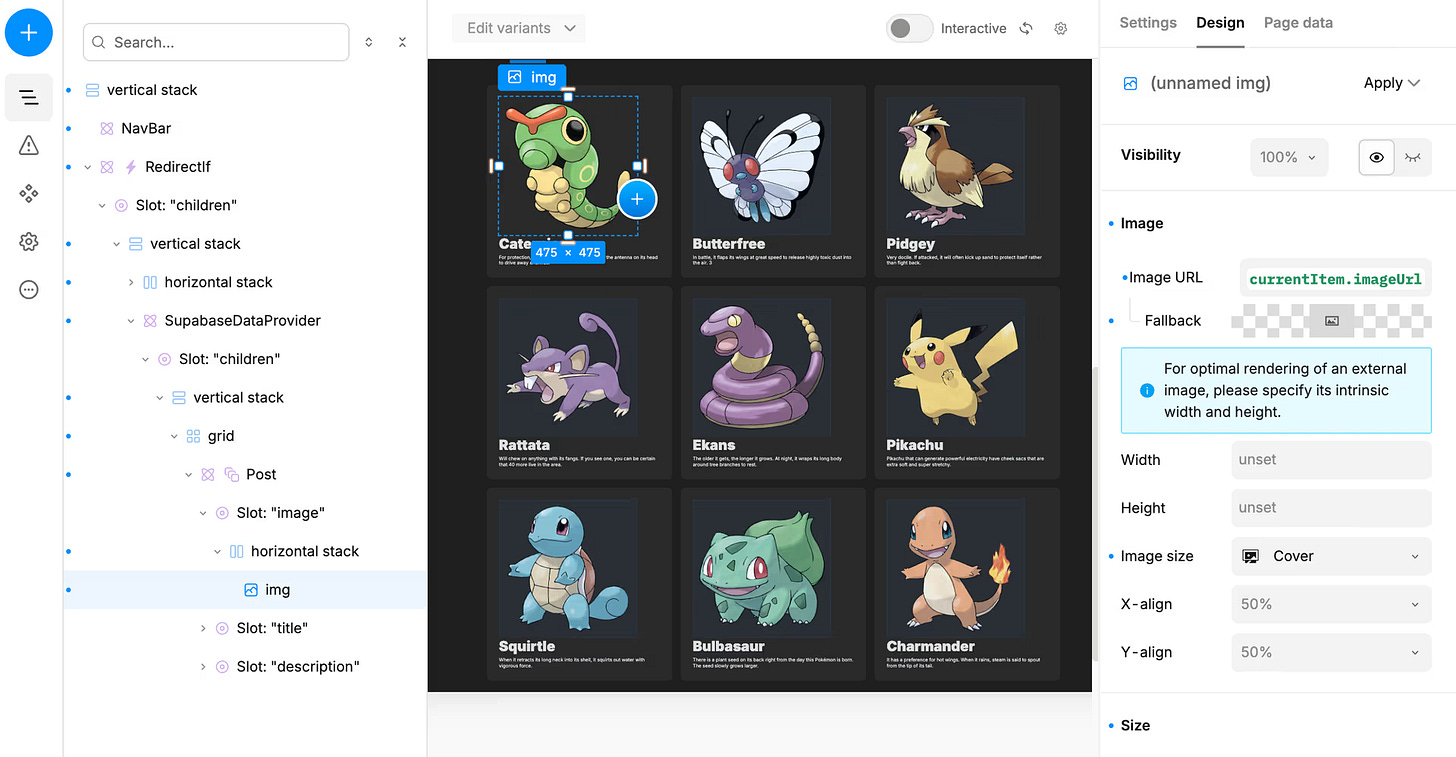
Top notch guys !! I love plasmic better instead of Bubble , you give me more control about my app .